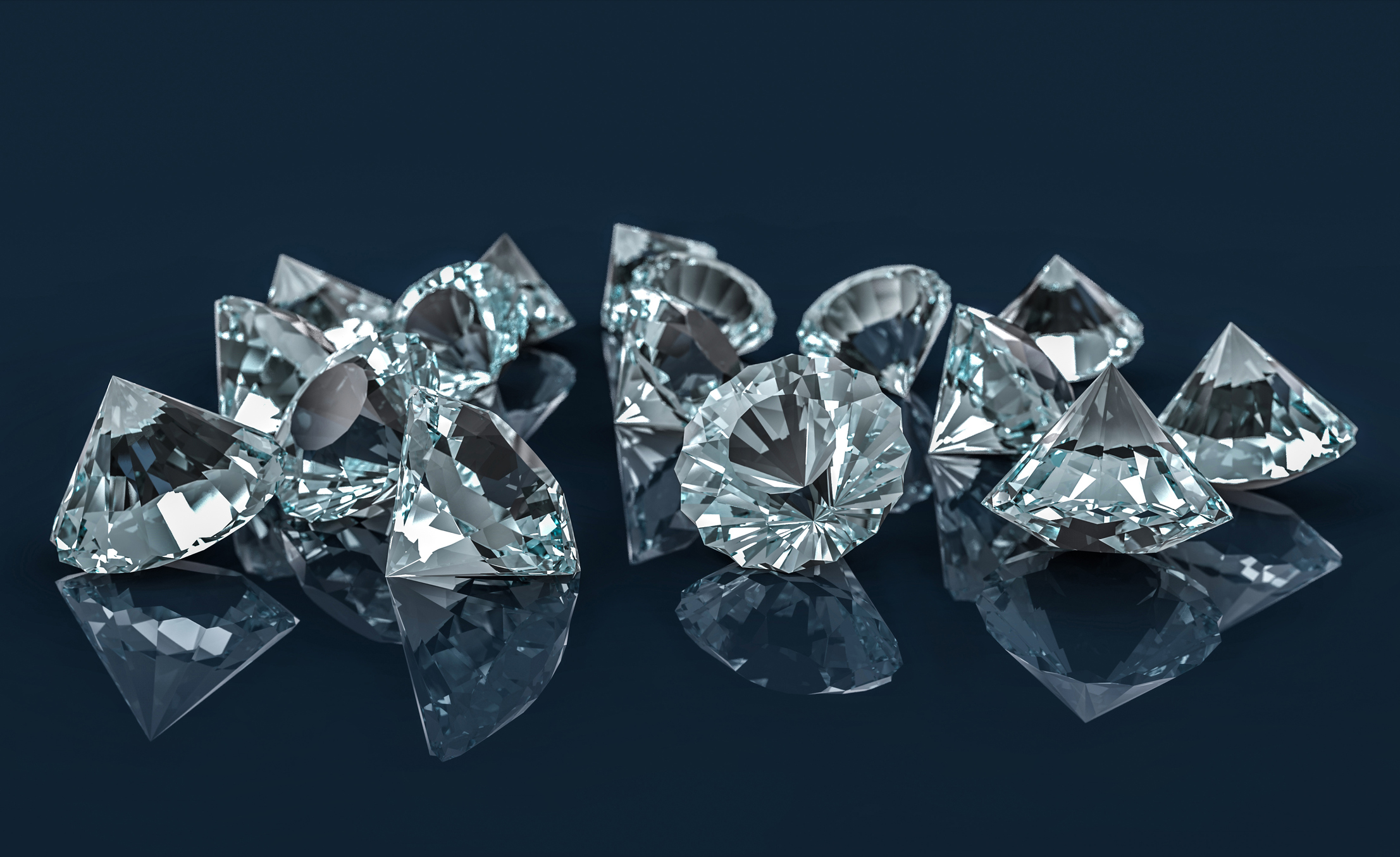
Introduction: Unveiling the Mysteries Within Lab-Grown Diamonds
Inclusions in lab-grown diamonds are a fascinating aspect that provides insights into the gem’s formation process and authenticity. These imperfections, often invisible to the naked eye, contribute to the uniqueness and character of each diamond. In this comprehensive guide, we delve deep into the world of inclusions in lab-grown diamonds, exploring their types, significance, and how they differ from those found in natural diamonds.
Understanding Lab-Grown Diamonds
Before we embark on our journey to explore Inclusions In Lab Grown Diamonds, it’s crucial to understand what lab-grown diamonds are. Unlike their natural counterparts formed deep within the Earth’s mantle over millions of years, lab-grown diamonds are created in controlled environments using advanced technological processes. These diamonds exhibit the same physical, chemical, and optical properties as natural diamonds, making them a sustainable and ethical alternative.
What Are Inclusions?
Inclusions, also known as internal flaws or imperfections, refer to any material that is trapped inside a diamond during its formation. These inclusions can vary in size, shape, and composition, ranging from minuscule crystals to tiny fractures. While some Inclusions In Lab Grown Diamonds are visible to the naked eye, others require magnification to be observed.
Types of Inclusions in Lab-Grown Diamonds
Lab-grown diamonds can contain various types of inclusions, each with its unique characteristics and formation processes. Some common types include:
- Pinpoint Inclusions: These are tiny crystals or mineral deposits that appear as small dots within the diamond.
- Cloud Inclusions: Cloud-like clusters of microscopic crystals that can affect the diamond’s transparency and brilliance.
- Feather Inclusions: Thin fractures or cleavages within the diamond that resemble feathers, which can impact its durability.
- Needle Inclusions: Long, needle-shaped crystals that may intersect or protrude through the diamond’s surface.
- Internal Graining: Irregular patterns or lines caused by structural irregularities during the diamond’s growth process.
Significance of Inclusions In Lab Grown Diamonds
While Inclusions In Lab Grown Diamonds are often perceived as flaws, they play a crucial role in identifying the diamond’s origin and authenticity. In lab-grown diamonds, inclusions can provide valuable insights into the growth process and distinguish them from natural diamonds. Gemologists use advanced techniques such as microscopy and spectroscopy to analyze these inclusions, aiding in diamond identification and grading.
Distinguishing Between Natural and Lab-Grown Inclusions
Differentiating between Inclusions In Lab Grown Diamonds in natural and lab-grown diamonds requires expertise and specialized equipment. While both types may exhibit similar characteristics, certain features can help distinguish between them. For example, natural diamonds often contain inclusions such as minerals and fluids that are not typically found in lab-grown diamonds. Additionally, the growth patterns and distribution of inclusions can vary between the two types, providing further clues for identification.
Importance of Inclusion Mapping
Inclusion mapping, a technique used by gemologists, involves creating detailed diagrams of a diamond’s internal features. By mapping the location, size, and type of Inclusions In Lab Grown Diamonds, gemologists can assess the diamond’s quality and potential value. This information is invaluable for consumers and investors seeking transparency and authenticity in their diamond purchases.
Conclusion: Unlocking the Secrets Within
Inclusions In Lab Grown Diamonds offer a glimpse into the intricate processes that shape these remarkable gems. While they may affect clarity and value, inclusions also serve as unique identifiers, distinguishing lab-grown diamonds from their natural counterparts. As technology advances and our understanding of diamond formation grows, exploring the world of Inclusions In Lab Grown Diamonds promises to unveil new insights and discoveries.
For further reading and exploration of lab-grown diamonds, check out these resources:



